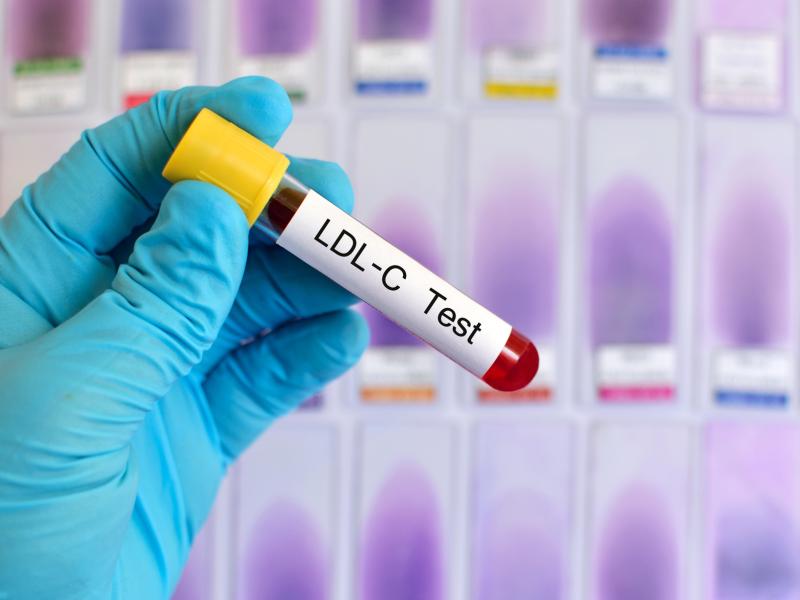
Patients with atherosclerotic disease who have had an ischaemic stroke or transient ischaemic attack (TIA) may fare better with a lower low-density lipoprotein cholesterol (LDL-C) target, as reducing LDL-C levels even below the 90–110 mg/dL target range at <70 mg/dL confers superior protection against the risk of subsequent stroke, according to data from the Treat Stroke to Target trial.
“Given the established relationship between LDL-C levels and cardiovascular events, our results support the findings from meta-analyses of lipid-lowering trials suggesting that a lower level of LDL cholesterol is associated with better outcomes than higher LDL-C targets,” the investigators said. [Eur Heart J 2017;38:2459-2472; Lancet Neurol 2009;8:453-463; Lancet 2010;376:1670-1681]
The analysis included 2,860 patients with ischaemic stroke in the previous 3 months or TIA within the previous 15 days to a target LDL-C level of <70 mg/dL (lower-target group; n=1,430) or to a target range of 90–110 mg/dL (higher-target group; n=1,430). All patients had cerebrovascular or coronary-artery atherosclerosis and were given a statin, ezetimibe, or both.
About 30 percent of patients in both groups discontinued treatment at a median of 2.7 years. Mean LDL-C level at a median of 3.5 years were within the desired targets, decreasing from 135 mg/dL at baseline to 65 mg/dL in the lower-target group and to 96 mg/dL in the higher-target group. [N Engl J Med 2020;382:9-19]
During the follow-up, the composite primary endpoint of a major cardiovascular event—which included ischaemic stroke, myocardial infarction, new symptoms leading to urgent coronary or carotid revascularization, or death from cardiovascular causes—occurred with significantly less frequency in the lower-target group: 8.5 percent vs 10.9 percent (hazard ratio [HR], 0.78, 95 percent confidence interval [CI], 0.61–0.98; p=0.04).
There were no significant between-group differences observed in the incidence of adverse events. Intracranial haemorrhage occurred in 18 patients in the lower-target group and in 13 in the higher-target group (1.3 percent vs 0.9 percent; HR, 1.38, 95 percent CI, 0.66–2.82). Newly diagnosed diabetes (fasting glucose level of ≥7.0 mmol/L or glycated haemoglobin level of ≥6.5 percent) occurred in 103 and 82 patients, respectively (7.2 percent vs 5.7 percent; HR, 1.27, 95 percent CI, 0.95–1.70).
“The results of our trial suggest that a target LDL-C level of <70 mg/dL could provide a further risk reduction,” the investigators said.
Treat Stroke to Target had been discontinued prematurely after 277 of an anticipated 385 endpoint events due to lack of funding.
“Despite the limitations of this trial, the results could help to guide clinicians in the use of statins in patients with cardiovascular disease who have had strokes. The trial provides evidence to support the original concept of statins as an agent to reduce cardiovascular risk, primarily by reducing cholesterol levels,” wrote Dr Lawrence Wechsler from the University of Pittsburgh Medical School in a linked commentary. [N Engl J Med 2020;382:81-82]
Wechsler emphasized the need for an additional study to establish whether LDL-C was the only and best target to reduce cardiovascular risk in the present population, as well as examine the potential harm of haemorrhage with aggressive cholesterol reduction.
“Other issues to be explored include whether patients with nonatherosclerotic mechanisms of stroke benefit from low-target LDL-C levels and what is the best treatment for patients with stroke who have very high LDL-C levels,” he added.